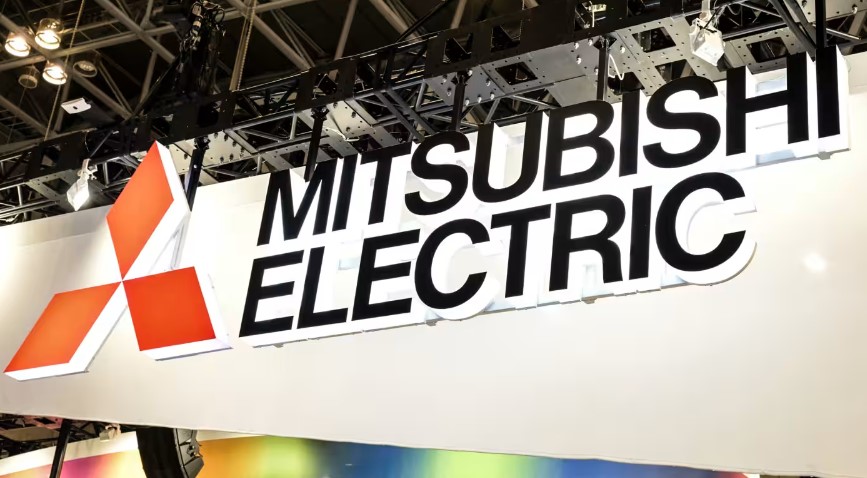With the rapid development of artificial intelligence and 5G technology, global data center operators have an increasingly urgent need for higher data transmission speeds. This need is driving the pursuit of high-performance optical communication technologies in data centers. Mitsubishi Electric announced that it will begin mass production of next-generation optical chips in January next year in response to the demand for higher data transmission speeds in data centers around the world. These optical chips use the photoelectric conversion effect for information transmission and conversion, and are made of special compounds such as indium phosphide, which are widely used in emerging fields such as 5G base stations and data center optical modules. The current industry standard for data transmission is mainly 200Gbps, but it is expected to increase rapidly to 800Gbps and 1.6Tbps in the next few years. Mitsubishi Electric's mass production of next-generation optical chips is precisely to comply with this industry trend and meet the market demand for high-speed, high-capacity networks. The first generation of optical chips uses the photoelectric conversion effect to realize the efficient transmission and conversion of information in the form of optical signals. These chips are usually made of special compounds such as indium phosphide, which are characterized by high speed and low latency. The new products are not only suitable for data center optical modules, but also widely used in emerging fields such as 5G base stations, showing their wide market potential and application prospects.
Mitsubishi Electric also announced that it will begin shipping samples of 200Gbps PIN-PD chips for 800Gbps and 1.6Tbps fiber optic communications in October this year. This means that optical transceivers equipped with these chips will be able to enable higher speed communications, driving industry standards to quadruple in the next few years. The current industry standard for data transmission is 200Gbps, but Mitsubishi Electric expects the demand for high-speed, high-capacity networks to grow rapidly as the volume of data traffic increases dramatically, especially in the data center sector.

Figure: Mitsubishi Electric will mass-produce next-generation optical chips in January next year (Source: Nikkei)
Mitsubishi Electric has a leading position in the field of optical transmission chips for data centers, with a 50% market share. The mass production of the new generation of optical chips will further strengthen its market position in this field, and the market value of data center optical equipment is expected to grow significantly. In addition, Mitsubishi Electric has made breakthroughs in single-wavelength 400G EML technology, and has successfully developed a top product in the field of high-speed data transmission. These technological developments and product innovations will help meet the urgent needs of the AI era for rapid iteration of optical modules and the improvement of optical chip performance, and promote the future development of the optical communication industry.
With the dramatic increase in data traffic, the demand for high-speed, high-capacity networks is growing rapidly. Mitsubishi Electric expects the market value of data center optical equipment to soar to $12 billion by 2029, up from about $4 billion in 2023. This expectation indicates the huge potential and future development space of the optical communication market.
In addition, Mitsubishi Electric is not alone in the optical communications market. Other optical module manufacturers such as Kohilon and Lumintem have also accelerated their product layout to compete for market share. This competitive situation will promote the technological progress and industrial upgrading of the entire industry. Mitsubishi Electric's mass production of next-generation optical chips will not only meet the market demand for high-speed data transmission, but also promote the rapid development of the global optical communication industry. As data transmission standards continue to improve, more companies will invest heavily in R&D to meet the challenges and opportunities of the market.






